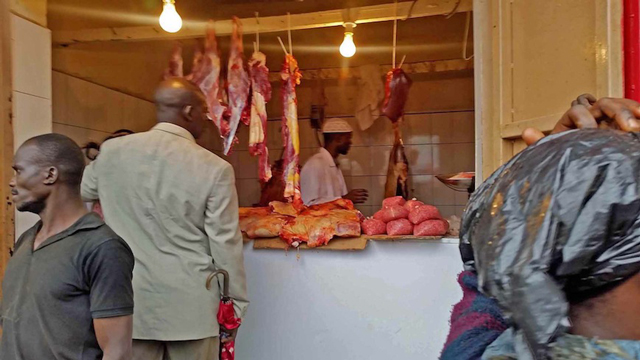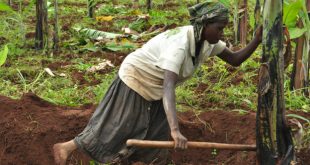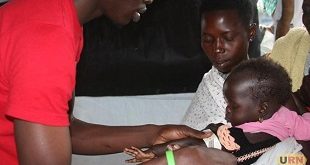
Kamwenge, Uganda | THE INDEPENDENT | Kamwenge district authorities have lifted a ban on butcheries and livestock movement after vaccinating 5,000 cattle against Foot and Mouth Disease (FMD) , a viral disease of cloven hoofed livestock.
The District Veterinary Department had closed butcheries and put a ban on livestock movement after an outbreak of the disease in the neighbouring districts, more than two weeks ago. Dr Paul Mbago, the District Veterinary Officer said the decision was based on reports that the viral disease had already ravaged livestock in the neighbouring districts of Kiruhura, Kazo and Ibanda.
The government had also imposed a quarantine on five districts in southwestern Uganda following the new outbreak of foot and mouth disease. The affected districts included Gomba, Isingiro, Kazo, Kiruhura and Sembabule where the disease has been detected in many herds.
Restrictions on the movement of livestock was also imposed on another 24 districts, including Kampala, Wakiso and Mukono, which are named among the areas at a high risk of an outbreak. The others include Kalungu, Kiboga, Kiryandongo, Kyankwanzi, Kyotera, Koboko, Mbarara, Lyantonde, Masindi, Nakaseke, Rakai, Nakasongola and Rubirizi.
But Mbago says that after vaccinating the cattle in the high-risk Sub Counties of Bihanga, Nkoma, and Nkoma-Katalyeba town council, the authorities no longer see the reason for the restrictions in Kamwenge.
Gallas Kiwanuka, the Vice-Chairperson of Kamwenge Town Council Abattoir Users’ Association, has welcomed the decision by the veterinary officer, saying the closure of butcheries had taken a toll on their income.
The restriction on livestock movement in Kamwenge district had already caused a hike in beef prices in the neighbouring Kyenjojo district from 14,000 to 16,000 Shillings. Butchers were projecting the prices to hike further if the restrictions remained in place.
Foot and Mouth Disease has occurred several times in Uganda since 1953 when it was first confirmed. It is characterized by fever and blister-like sores on the tongue and lips, in the mouth, on the teats and between the hooves. The disease causes severe production losses, and while the majority of affected animals recover, the disease often leaves them weakened and highly unproductive.
********
URN
 The Independent Uganda: You get the Truth we Pay the Price
The Independent Uganda: You get the Truth we Pay the Price


